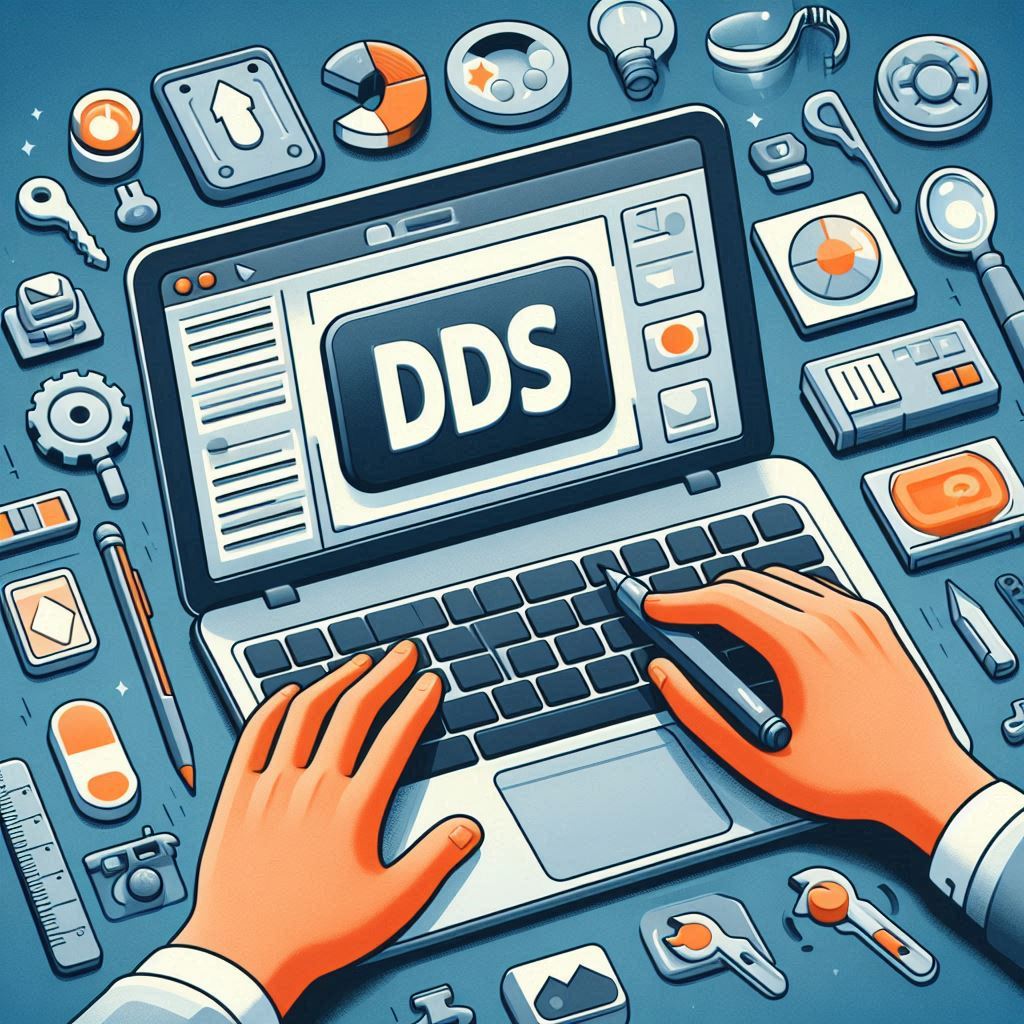In the world of digital imaging and graphics, efficiency and quality are paramount. One of the formats that stand out in this regard is DDS (DirectDraw Surface). This article explores what DDS is, its advantages, and how image to DDS converters can enhance your workflow.
What is DDS?
DDS, or DirectDraw Surface, is a graphics file format originally developed by Microsoft. It is widely used in the gaming industry and other applications where fast loading times and efficient memory usage are crucial. DDS files can store compressed and uncompressed pixel data, mipmaps, and other texture information in a format optimized for direct GPU (Graphics Processing Unit) processing.
Why Use DDS?
The primary advantages of DDS files include:
-
Efficient Memory Usage: DDS files can be stored in a compressed format, reducing storage space and memory usage compared to uncompressed formats like BMP or TIFF.
-
Fast Loading Times: DDS files are designed for quick loading directly into graphics memory, which is essential for real-time applications such as games.
-
Support for Mipmaps: DDS files can include mipmaps, which are pre-calculated, progressively smaller versions of the texture. This helps improve rendering quality and performance at different viewing distances.
Image to DDS Converters: Enhancing Your Workflow
Converting images to DDS format is crucial for integrating textures and graphics seamlessly into applications that support DDS. Image to DDS converters provide a bridge between traditional image formats (such as PNG, JPEG, or TIFF) and DDS, ensuring compatibility and optimization. Here’s how they work:
Conversion Process:
Image to DDS converters typically offer the following features:
-
Format Support: They accept a wide range of input formats, allowing you to convert images from formats like PNG, JPEG, or BMP to DDS.
-
Compression Options: Users can choose from various compression algorithms (such as DXT1, DXT5) depending on the application's requirements for quality and file size.
-
Mipmap Generation: Some converters automatically generate mipmaps, ensuring your DDS files are optimized for different viewing distances and performance levels.
Benefits of Using Image to DDS Converters:
-
Streamlined Workflow: Converters simplify the process of preparing graphics for applications that require DDS format, saving time and effort.
-
Quality Control: Users can adjust compression settings to balance file size and image quality, ensuring optimal performance without compromising visual fidelity.
-
Compatibility: DDS files are widely supported in game engines, 3D modeling software, and other graphics-intensive applications, making converters essential for seamless integration.
Conclusion
In conclusion, DDS is a versatile graphics format known for its efficiency and performance benefits in real-time applications. Image to DDS converters play a vital role in optimizing workflows by facilitating the conversion of traditional image formats to DDS, thereby leveraging its advantages in memory usage, loading times, and mipmap support. Whether you're a game developer, graphic designer, or digital artist, understanding DDS and utilizing converters can significantly enhance your ability to create and optimize graphics for various applications.
For more information on DDS and to explore tools that simplify image to DDS conversion, visit imagetools.online. Discover how DDS can elevate your graphics workflow today!
